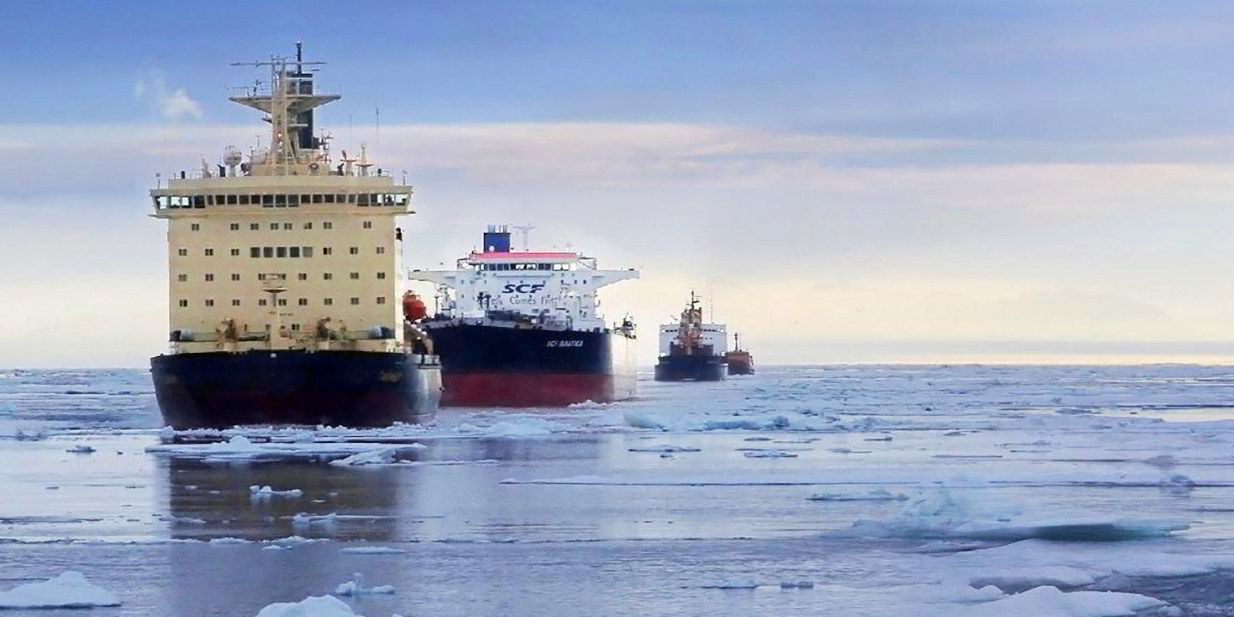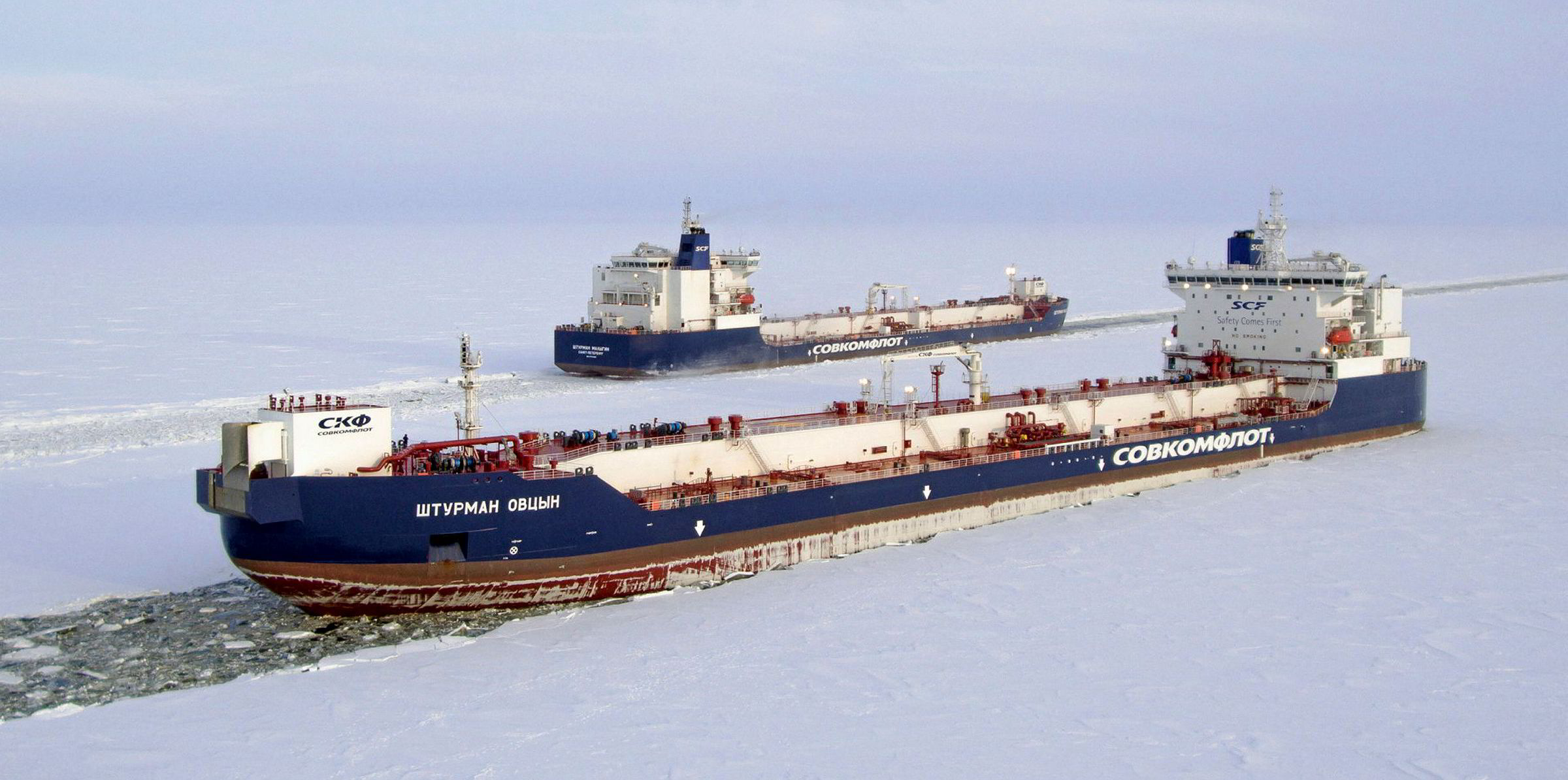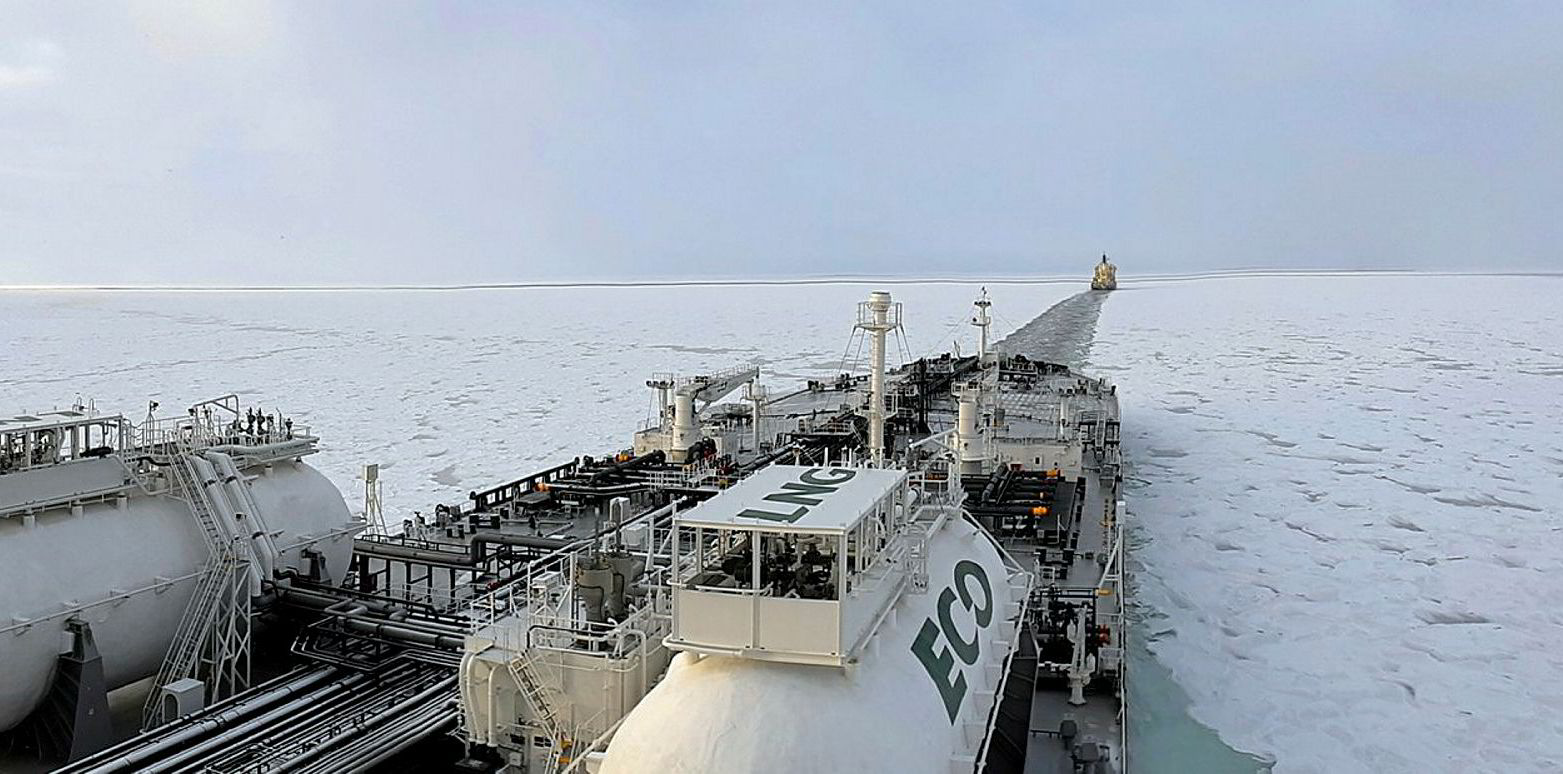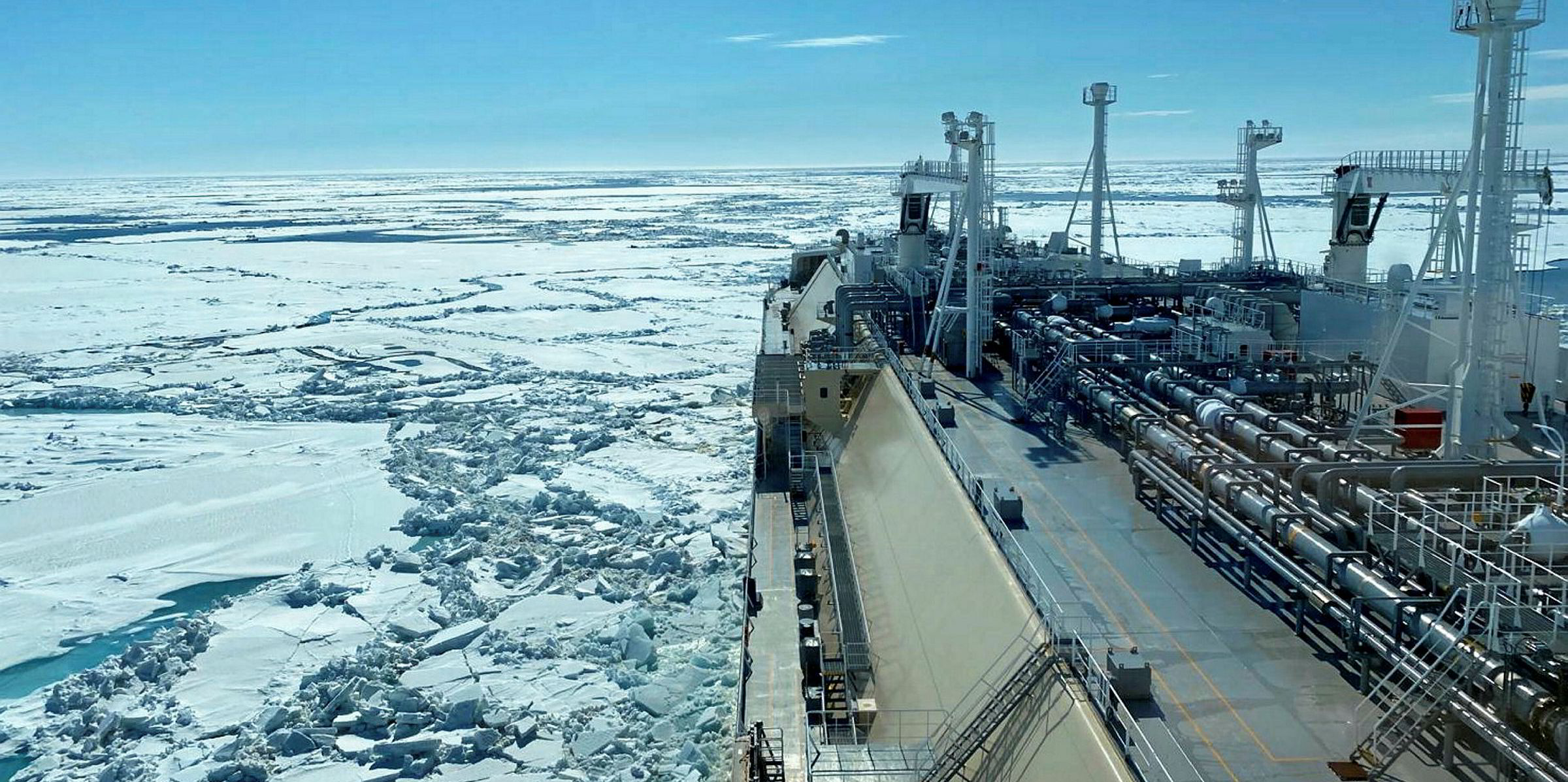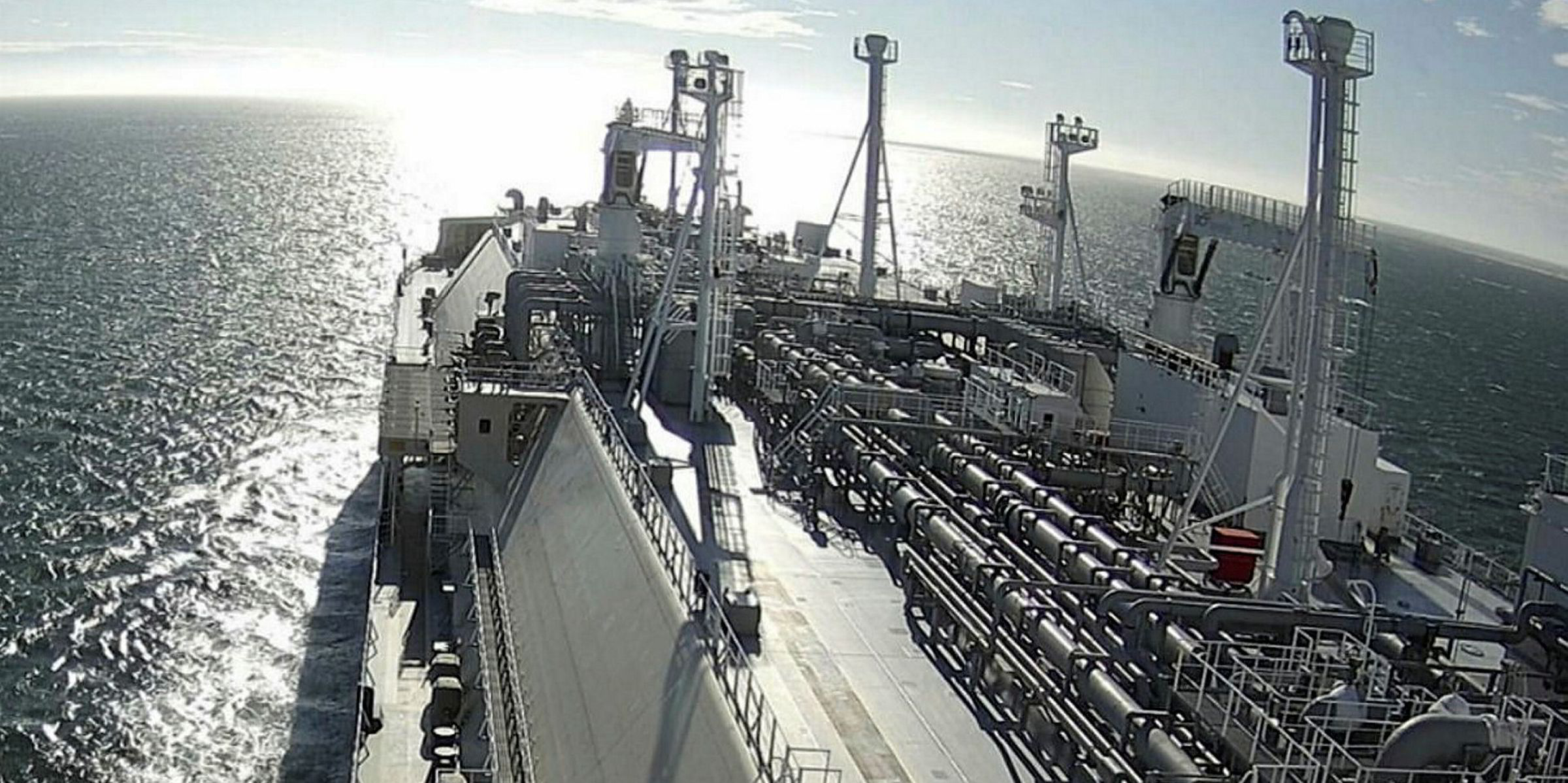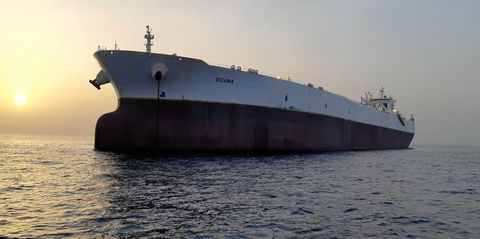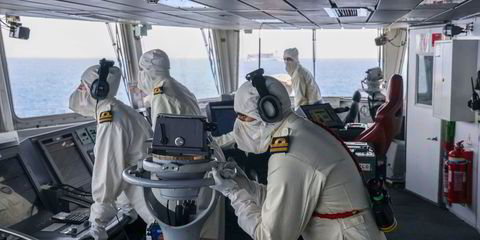The number of ships transiting the Northern Sea Route (NSR) this year has hit the highest levels ever, amid low ice cover and high temperatures.
There were 62 full transits by 49 vessels between July, when the NSR opened for navigation, and 27 November, according to the Centre for High North Logistics (CHNL), which is part of the Nord University Business School in Norway.
This compares with 37 full transits in 2019, made by 29 vessels.
Ice shrink
“We see favorable ice conditions in this navigation season as one of the reasons for the growth,” said the CHNL, which shares its data with Russia’s Northern Sea Route Directorate to produce annual statistics on shipping movements in the region.
They are the first figures the centre has released for vessels making a complete transit of the NSR, which stretches for about 3,000 nautical miles (5,556 km).
They do not include the so-called destination voyages — such as Yamal LNG carriers shipping cargoes out of Sabetta in northern Russia to Asia — that use only part of the route.
The centre found 38 transits were from west to east. It also recorded four made by vessels without ice class, and a further 21 completed by ships with the lower Ice 1 to Ice 3 notations.
Three of the most active shipowners were Chinese giant Cosco, which undertook 11 voyages, Russian coal producer Suek (eight) and German ship manager Hammonia Reederei (five).
CHNL also broke down the transits by ports of origin and destination, recording 25 international transits not involving Russian ports.
Of these, six were from Canada to China and South Korea; seven from China to Europe; and 10 from Europe to South East Asia. Single transits from South Korea to Sweden and from Vietnam to Norway were also logged.
There were 23 transits solely between Russian ports and 14 between Russian and foreign ports.
CHNL managing director Kjell Stokvik said: "This is the first year where we have seen that the route has been so open for a period of time. This is one of the factors that had an impact of increasing transits to a record high."
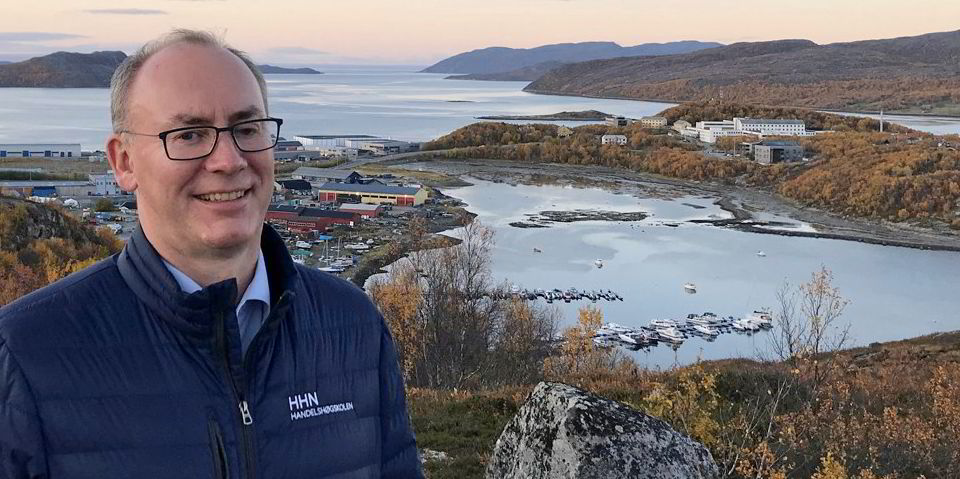
Dramatic changes along the NSR were in evidence earlier this year.
Yamal Trade put a first LNG carrier into the route in May, two months ahead of the traditional July sailing season.
The Arctic has had its warmest summer on record, with sea ice coverage shrinking to 3.74m square km (1.44m square miles) — the second-lowest seen since satellite observations began in 1979, with high air and water temperatures causing ice melt from above and below.
The centre pointed to the trial voyage made by Rosatomflot’s 28,494-gt nuclear ice breaker Arktika (built 2020), which failed to find enough sea ice at the North Pole to test its ice-breaking capabilities fully.
Russia is keen to see the NSR opened on a year-round basis as it monetises its Arctic gas reserves.
Domestic shipowner Sovcomflot (SCF Group) is due to take part with Rosatom and Novatek to test ship movements this winter, when ice cover would normally halt vessel movements.
But others are less keen to see the increase of traffic in the region, with some shipowners pledging to avoid taking vessels through the NSR.
Last month, the International Maritime Organization approved a ban on heavy fuel oil (HFO) in the Arctic from 1 July 2024. But five Arctic coastal states — Russia, Norway, Denmark, Canada and the US — can waive the ban for ships operating under their national flags for a further five years from that date.
The ruling, which comes with other exemptions, provoked a backlash from non-profit coalition The Clean Arctic Alliance, which said the ban leaves the Arctic and its communities at risk of an HFO spill for another decade.
